It’s essential to have the correct RH technique in order to improve in your playing. First we must focus on the right hand and the proper technique associated with it.
Having proper technique will make playing much easier and allow you to play more challenging repertoire and exercises.
Fingers and Strings
Thumb should be on the sixth, fifth, and fourth strings while the index middle ring will be on the third, second and first strings.
P = 6, 5, 4
I = 3
M = 2
A = 1
Right hand positioning
The right hand should be hovering over the sound hole in the middle. You can also place it back slightly as well for a different timbre. Make sure the right hand is relaxed while hanging over the strings.
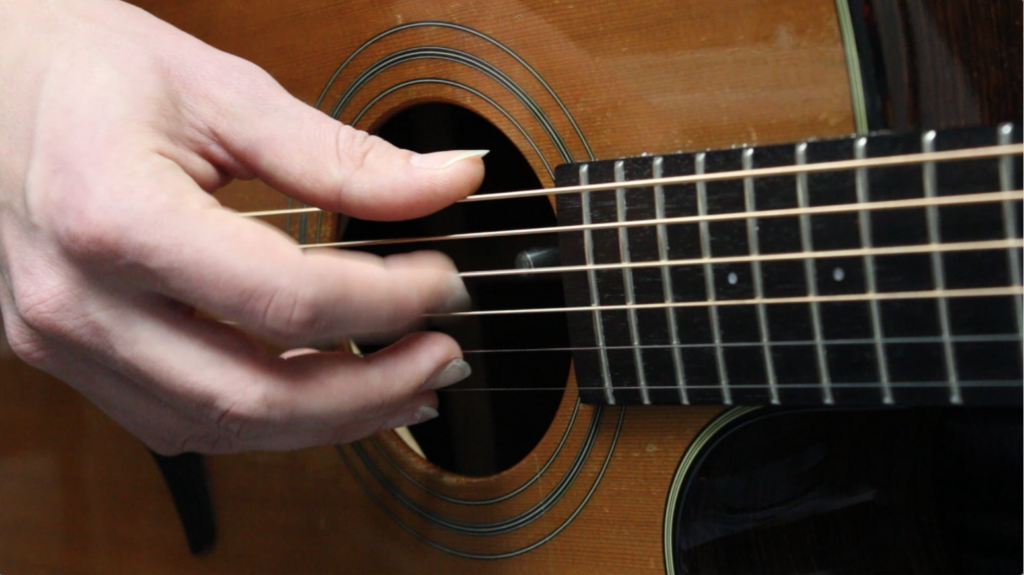
Attack motion
The attack should be a motion of the fingers coming in towards the palm. Prevent yourself from plucking up, or a clawing attack, which will cause the strings to be bright and thin.
Here is a video on beginner finger picking patterns I recommend:
Practice this with your own songs, or solely to work on your technique in order to improve your playing.
Learn more about technique through our FREE Fingerstyle Workbook!
FOLLOW US ON
Get our FREE Fingerstyle Workbook!
RELATED BLOG POSTS
Guitar Alternate Picking
Alternate picking is a fundamental technique for guitar players, allowing you to play fast and accurate lines with efficiency and precision. By mastering alternate picking, you can improve your speed, develop your sense of timing, and enhance your overall technical proficiency on the instrument.
To start practicing alternate picking on the guitar, begin by playing simple scales, licks, and exercises using the alternate picking technique. Alternate picking involves picking each note in a sequence with a downstroke and an upstroke, creating a smooth and even articulation. Practice playing these exercises slowly and evenly, focusing on clean and clear picking.
Next, work on developing your alternate picking technique by practicing different picking patterns and sequences. Experiment with string skipping, arpeggios, and scales to challenge your picking accuracy and speed. Use a metronome to help maintain a steady tempo and improve your sense of timing.
You can also practice alternate picking by incorporating this technique into your existing playing style. Try adding alternate picking to scales, licks, and solos to enhance your phrasing and create dynamic and expressive lines. Experiment with different accents and rhythms to create unique and engaging sounds.
By incorporating alternate picking into your daily practice routine, you can improve your speed, accuracy, and overall technical proficiency on the guitar, becoming a more versatile and expressive player.
Guitar Hammer-Ons and Pull-Offs
Hammer-ons and pull-offs are essential techniques for guitar players, allowing you to play fast and fluid lines without using your picking hand. By practicing hammer-ons and pull-offs regularly, you can improve your finger dexterity, enhance your phrasing, and develop your ability to play smooth and connected lines on the guitar.
To start practicing hammer-ons and pull-offs on the guitar, begin by learning the basic technique. For a hammer-on, use your fretting hand to play a note by hammering on the string with your finger, creating a quick and percussive sound. For a pull-off, use your fretting hand to pull off the string with your finger, sounding the note without picking.
Next, work on developing your hammer-on and pull-off technique by incorporating these techniques into scales, licks, and solos. Practice playing hammer-ons and pull-offs slowly and evenly, focusing on clean and clear articulation. Use a metronome to help maintain a steady tempo and improve your sense of timing.
You can also practice hammer-ons and pull-offs by experimenting with different finger combinations and patterns. Try playing trills, legato lines, and arpeggios to challenge your finger dexterity and coordination. Practice playing hammer-ons and pull-offs with speed and accuracy to improve your technical proficiency on the guitar.
By incorporating hammer-ons and pull-offs into your daily practice routine, you can improve your finger dexterity, enhance your phrasing, and become a more dynamic and expressive player on the guitar.
Guitar Legato Exercises
Legato is a technique that allows you to play smooth and connected lines on the guitar, creating a flowing and expressive sound. By mastering different legato exercises, you can improve your finger dexterity, enhance your phrasing, and develop your ability to play fast and fluid lines.
To start practicing legato on the guitar, begin by learning the basic hammer-ons and pull-offs technique. Use your fretting hand to play notes by hammering on the string with your finger or pulling off the string with your finger. Practice playing these techniques slowly and evenly, focusing on clean and clear articulation.
Next, work on developing your legato technique by incorporating hammer-ons, pull-offs, and slides into scales, licks, and solos. Experiment with different finger combinations and patterns to create smooth and connected lines. Practice playing legato exercises with a metronome to improve your sense of timing and control.
You can also practice legato exercises by incorporating legato into your existing playing style. Try adding legato to scales, arpeggios, and chord progressions to enhance your phrasing and create dynamic and expressive melodies.
By incorporating legato exercises into your daily practice routine, you can improve your finger dexterity, enhance your phrasing, and become a more fluid and expressive player.
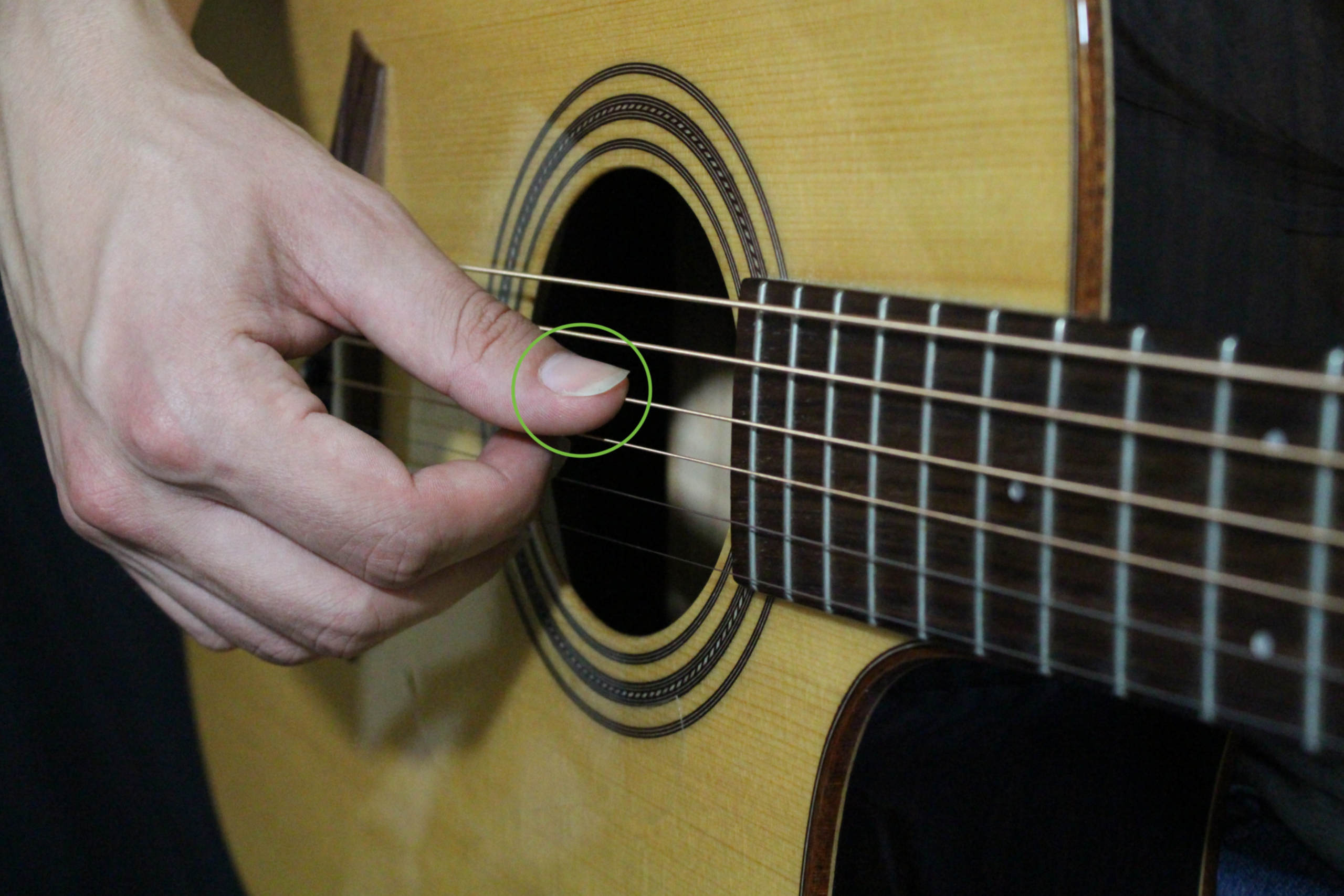
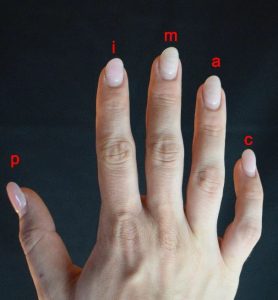
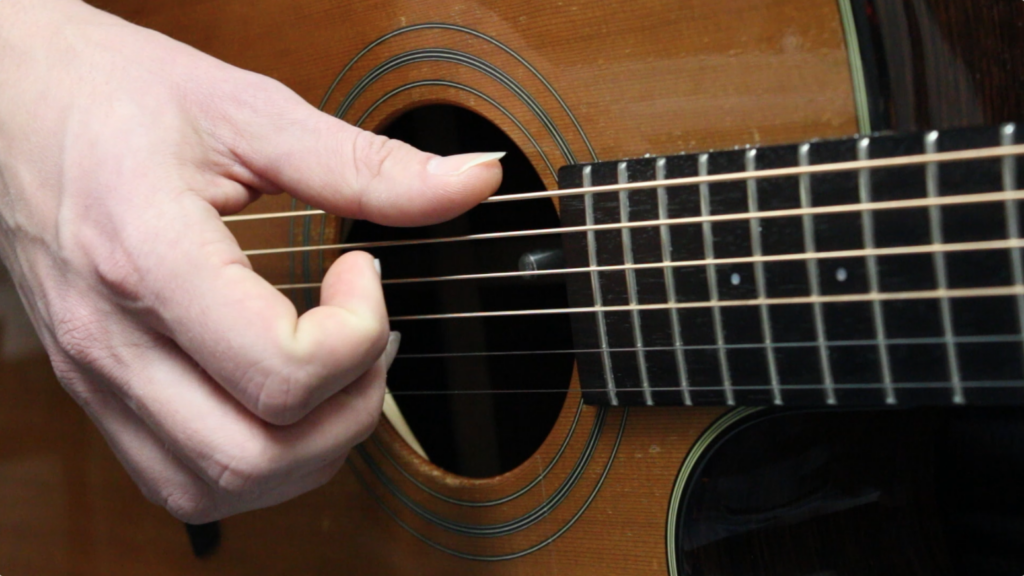
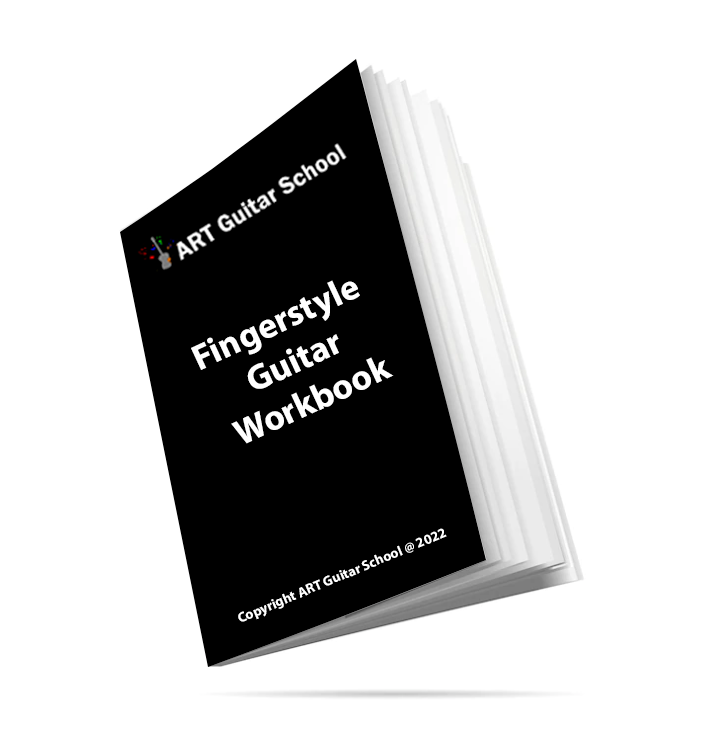
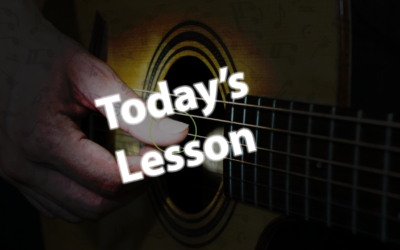
0 Comments